Let me set the scene for you, okay?
This story is about you.
Maybe not “you,” but a person like you, unless you read the following, and decide that you are somehow the exact opposite.
Let’s assume, just for argument’s sake, that there are no in-betweens here.
Just you, and not you.
You are 45-year-old, and you’ve been living in a midtown neighbourhood for the last seven years with your spouse and two kids.
When you bought your house, you were pushing 40, and had been saving for over a decade. You were fortunate enough to pay $1,100,000 for a house that’s probably worth $1,900,000 or more today, which is ironic, because while you might be able to afford to buy your own house, today, your stomach churns at the prospect of the larger mortgage.
You’re friends with all your neighbours, most of whom are other middle-aged couples with children, like yourselves, or younger versions of yourselves – like the version who bought here when they were 38-years-old, with a gleam in their eye.
Every so often, a truly “young” couple moves into the area – a couple of early 20-somethings who look like they’re going to skip the downtown-condo step, and they’re offset by the retired couple in their 70’s who have no interest in downsizing.
Overall, it’s a solid mix of people. The area is “safe;” whatever that means in 2018 anymore. You just feel at ease living here. Life is simple, except for when it’s not, and by that you would agree that while everybody who lives in this area works hard and stays very busy, the lifestyle provided once you’re at home, is laid-back, comfortable, and just really, really pleasant.
The house you purchased seven years ago was a relatively new home at the time. A builder had torn down a bungalow and constructed brand-new home on the lot four years previous, and the family who purchased from the builder, sold to you. There are still a lot of those original bungalows left in the area, but the supply is dwindling. Two doors down from you is another new house; this one brand-new. You watched it being built from start to finish. You took a look at the progress every morning when you pulled out of your driveway, and every night when you walked your dog.
The developer who built that house went to the Committee of Adjustment for a minor variance to build a slightly larger home, but nobody batted an eye. To be honest, nobody cares. Every builder in the area goes to Committee, and every house built in the area is larger than what the zoning allows for.
The street has a very homogenous look and feel to it.
Unlike other areas where the housing type, size, and style all differ, your street has a fantastic blend. It’s amazing, considering there are 100-year-old homes mixed with 2-year-old homes, but that’s just how nature has taken its course in the neighbourhood.
Your days fly by, without incident, on the regular.
A gust of wind blowing down a tree branch on the roof of somebody’s house is about as exciting as things get around here.
But there is one really, really big problem that has recently arisen; something that has all the neighbours talking.
The street that backs on to yours is home to several of those old bungalows that builders love to tear down, and when two of them were sold last month, side-by-side, you didn’t make much of it. You assumed, like everybody else, that another two custom-built, 4-bed, 4-bath homes would be constructed on site, and you’d watch the process unfold, just like you had many times previous over the last seven years.
Except that this particular builder isn’t planning on building two 4-bed, 4-bath homes.
He’s planning on building two 4-plexes.
The neighbourhood is aghast.
You saw the plans, and while the red-brick facade, black shutters, and cedar-shake roofs would look like other homes in the area, just the idea of eight familes or residents residing where two houses usually go, doesn’t sit well with you and your neighbours.
Each home would have not one, but two front doors. Weird.
The structures themselves wouldn’t be any larger than your typical new-build. Houses on these lots are generally 1,500 square feet per floor, over two above-grade levels, and a basement. The developer is looking to construct two 2-bed, 2-bath, 1,500 square foot apartments on the main and second levels, and two 750 square foot, 1-bed, 1-bath units in the lower levels.
Who rents a 750 square foot, 1-bed, 1-bath, anyways? What type of person?
I mean, you rented that when you were younger, but that was different, right?
This area is filled with single-family homes, mostly detached, mostly 4-bedrooms. The neighbourhood just doesn’t…………….need apartments. It doesn’t warrant them. They just don’t, well, for lack of a better term, fit.
The idea of having eight apartments is simply irrational, in your mind.
Actually, the idea of having one apartment doesn’t sit well with you either. You know some people on the street who had “in-law suites” in their basements, at one time for a nanny, who now have older kids that don’t need a nanny, and they’ve started renting the units out.
You know it’s illegal, as is just about every basement apartment in the City of Toronto, but you’re not going to do anything about it. You’re no narc. And you don’t really care enough to do anything about it, but it just doesn’t seem to “fit” with the vibe of the area. I mean, it’s one thing to have your grandmother, or nanny, live in the basement, but some random dude? Weird.
That random dude is one thing. But what about four random basement dudes? And then four other apartments, with all those bodies, coming and going? For some reason, it just doesn’t sit well with you. It doesn’t fit.
And the plans for these two houses, by the way, have a driveway going up the middle – in between the homes, so that the residents can park in the back. There goes a couple of beautiful backyards! Back up the ready-mix truck! What a shame. And here you thought the only 8-car parking-lot in the area was down by the mini-plaza.
Your dad was over for a barbecue on Sunday afternoon, full of wisdom as always.
He’s been retired for over a decade now, and it seems as though he spends his days solving all of the world’s problems, in theory, at least.
At the same time, he loves to provide people with unsolicited opinions, and the two cents that they didn’t pay for, telling people they “should” be concerned with, or telling them how they should be filling their days.
His newest issue this weekend seemed to be the city he’s called home for his 75+ years.
“Where do you think this is all going,” he said, as he motioned with both arms, either suggesting that “this” refers to life, the world, the city, or something else.
“Where are your kids going to live in ten years?” he asked.
The old man reads three newspapers a day. Guess what the hot topic always seems to be?
“Every day,” he said, “I read about the city, the real estate prices, the insanity,” he said. And he’s not alone. We can’t escape the real estate chatter. It’s a hot topic, and it’s not dying down any. In fact, it seems the “story” of real estate is only gaining momentum in this city.
“Do you have any plans for your kids?” he asked, as though with a 9-year-old and a 6-year-old, this was a really pressing matter.
“How are they going to afford to live here?” he asked.
“I wish they could afford to live in this area one day, but I just don’t see how,” he said.
Then he went inside to get more pretzels, not really offering a solution to the “issue” he brought up.
You’re not really thinking about where your kids are going to live in 10, 15, 20 years. Your son is six. He’s barely out of the womb.
If you did want to spend time dwelling on something, it would be that goddam apartment building that’s threatening the neighbours, albeit a weak threat, as is, because you know the neighbours will fight it until the bitter end.
So is this you?
Feel free to be honest here.
It’s either you, or not-you. I just don’t see any room for a third option.
There’s no right or wrong here, keep in mind.
I wrote that story above just for fun, and perhaps to stir the pot.
The person in the story, whether it’s you or not, is fully entitled to oppose the idea of a 4-unit dwelling being built on the site of a single-family detached home, that is surrounded by other single-family homes.
And yet the individual who doesn’t see him or herself in this story, and who would welcome the opportunity to change the city’s zoning by-laws, is entitled to his or her view as well.
Let me provide you with yet another hypothetical here, and I’d like you to weigh in on this one as much or more than whether you see yourself in the story above.
What would be worse, in your view, to replace the detached, bungalow, in the story above:
1) The aforementioned red-brick, 2-storey, detached, 4-unit dwelling.
2) A single-family home that is 4 1/2 storeys.
Now we’re cooking with gas, right?
On a street where every house is 2-storeys, and they all happen to be single-family homes as well, what would be worse – seeing a 4-plex built on site, which completely bucks the single-family trend, but which sort-of blends in with the streetscape, or a single-family dwelling which keeps the demographic intact, but dwarfs the other homes on the street, and sticks out like a sore thumb?
I ask this question because it really gets to the crux of the matter. Are people opposed to a 4-plex being built on the site of a bungalow because they don’t want something that doesn’t look the same as everything else, or because they don’t want apartments and renters?
NIMBYs and YIMBYs alike will fight to have their voices heard in this city, and both believe they come from a good place. Both are proud, and passionate, about what they believe in.
I don’t know that either group could be “wrong,” but I do believe that the most passionate folks in both groups do believe that the other group is wrong. Or maybe it’s not just the most passionate; maybe it’s all of them.
The term “housing crisis” gets thrown around quite a bit in Toronto, and while I don’t think we’re in true “crisis” mode, I do see the lack of affordability as a major issue for the city moving forward. I don’t believe it would be an issue, however, if the GTA has world-class infrastructure, as I have written many times before on this blog. But that’s a topic for another day. As things stand right now, with so many people living in the core, not wanting to, or being able to, move outside the core and switch jobs or commute, the price of real estate, and the low supply, is an issue.
So what if we could dramatically increase the supply?
What if pipe-dreams like laneway housing became a reality? What if, like in other world-class cities, you could divide your existing single-family home into 2-3 units, to add to the housing supply?
What if a builder actually could construct a 4-unit dwelling in between two single-family homes, with regularity?
What if the NIMBYs became YIMBYs?
Pipe dream. It can’t happen.
Sorry to be the naysayer here, especially at the end of a somewhat-positive spin, but I do believe that the NIMBYs will always outnumber the YIMBYs.
Last question here in what is slowly becoming a questionnaire with my readers: do we “need” a change to existing zoning by-laws to allow for more density in areas that don’t have it, or do we continue building CityPlace’s and subscribing to uber-density in some areas, and proverbial Pleasantville’s in others?




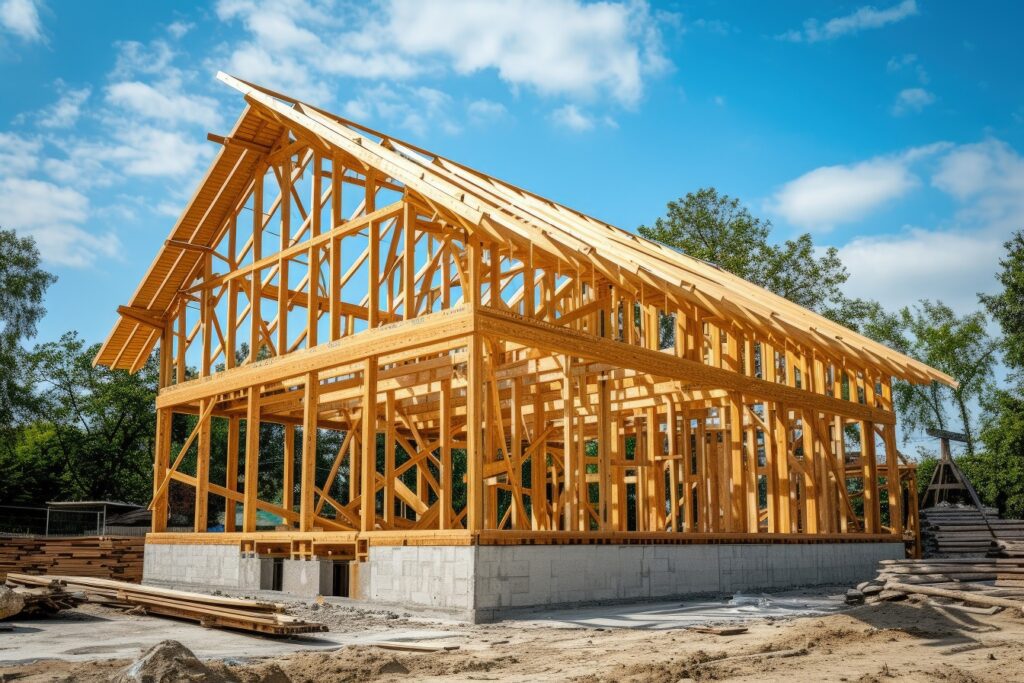

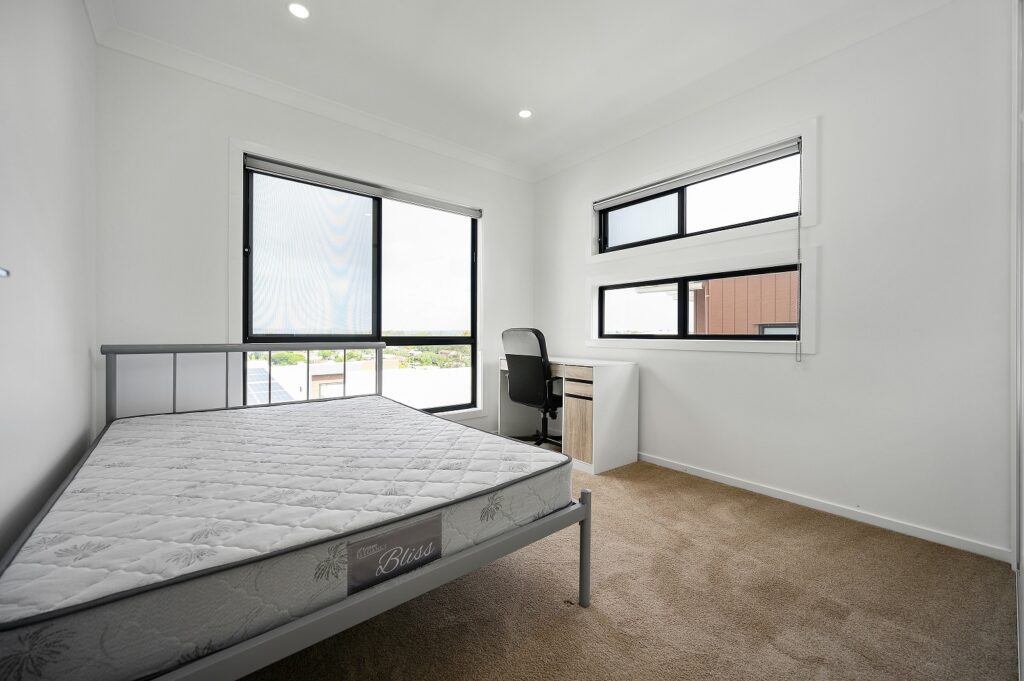



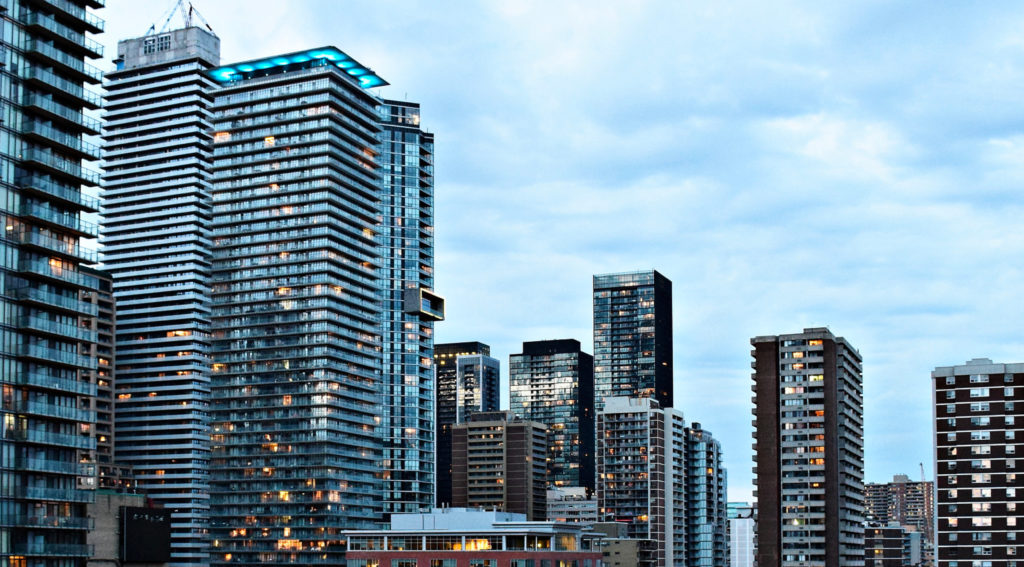

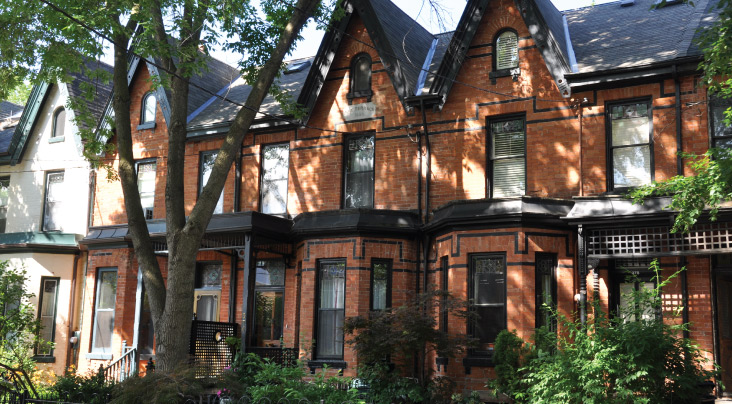


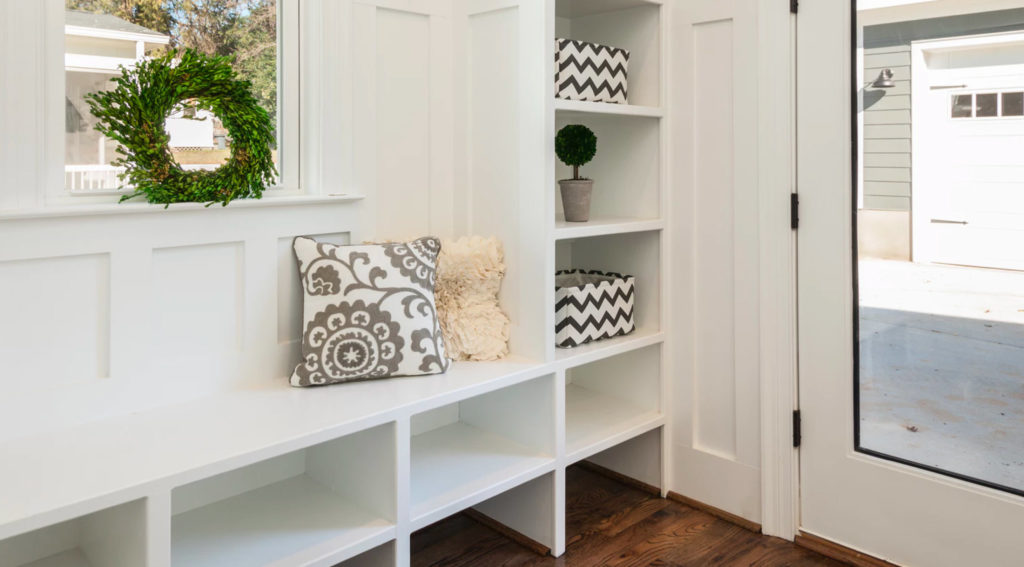






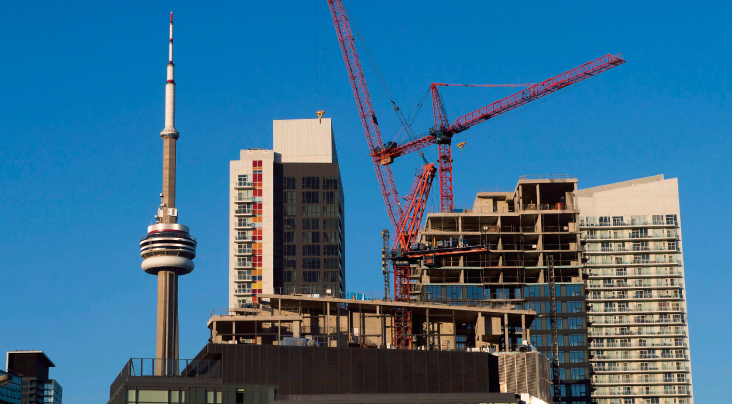



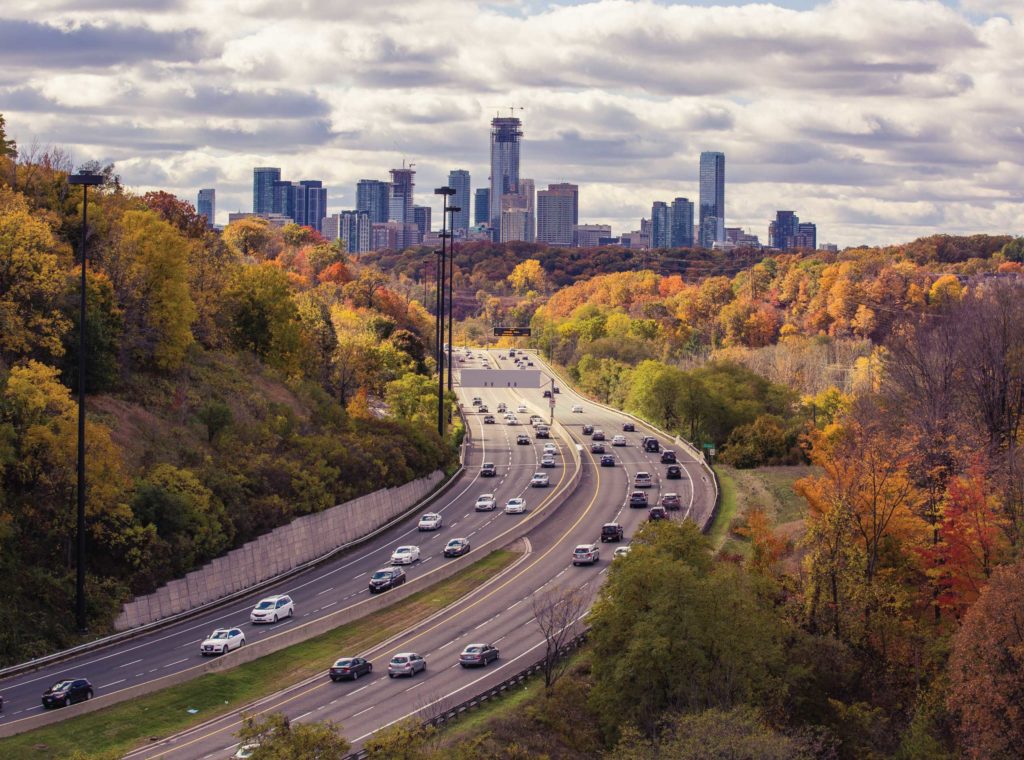


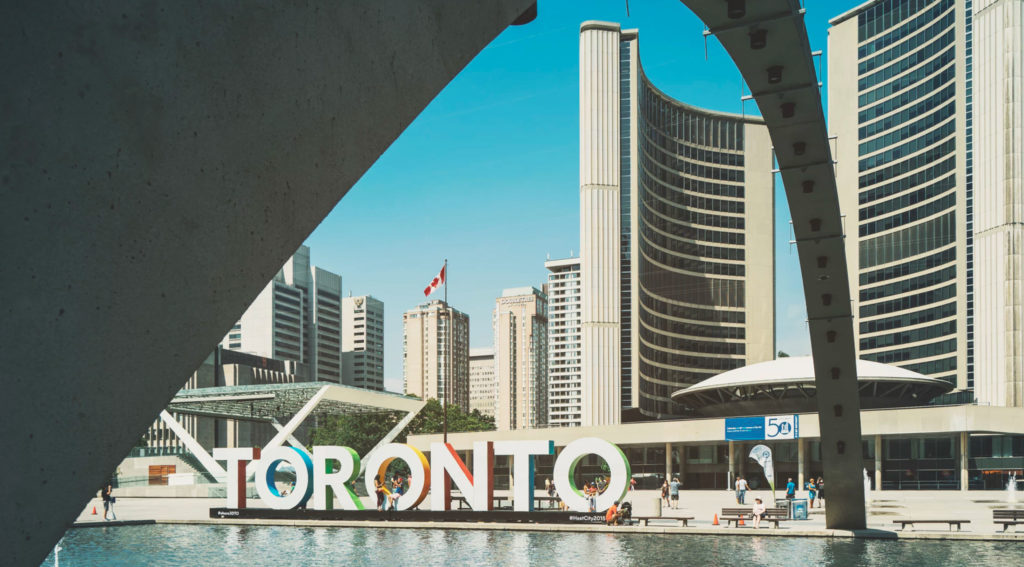


A Grant
at 8:46 am
YIMBY. Simply put, to wonder how your kids are going to afford to live in your neighbourhood 20 years from now, whilst arguing against the very solution to the problem, seems more than a bit asinine.
I would love to see more two/three bed apartments in residential/walkable neighbourhoods. These types of dwellings make up a quarter of Chicago’s housing, as an example.
I live in a veteran’s neighbourhood. Small houses. Large lots. Close to downtown. I fully expect that within the next ten years, my neighbourhood will change. I can’t expect it to remain frozen in 1947.
Ralph Cramdown
at 9:58 am
El Predicto says “If fewer and fewer voters are able to afford detached housing, the desires of the owners of that housing will become less and less relevant to politicians, the Planning Act, and local zoning regulations.” Could take awhile, though. Land reform tends to happen very slowly, or very quickly.
Kyle
at 9:48 am
I don’t consider myself either YIMBY or NIMBY, but i do have a fascination with city building. In my opinion, density needs to increase especially in the yellow belt (i.e. the 70+% of Toronto’s surface area that is zoned 0.6 Density), but it should be done gradually by adding “gentle density” as opposed to 700 unit point towers.
For a large metropolitan City, we have laughably low density. In the core of a city like Toronto, there really is no logical reason that a 20 x 110 ft lot, should be limited to only one dwelling not exceeding 1,320 sq ft.
This results in a whole bunch of negatives:
– sprawl and congestion
– constrained supply which leads to unaffordaibility
– ugly streetscapes made of low rise houses or high rise condos and nothing in between
– suffering retail strips that don’t have the density or critical mass for shops to thrive
– schools and community centers that go from under-enrolled to over flowing
I am totally on board with allowing more density and more units/dwellings, but not necessarily more height. I think lane way houses are over-due, and there should be more multi unit apartments mixed in to the fabric of our residential streetscapes, as this allows a greater socio-economic mix and gives people like down sizing seniors more options.
Izzy Bedibida
at 10:00 am
You have some great points. I would add the type of dwellings and unit sizes are just as important as well.
Geoff
at 10:31 am
I’m a yimby… when it makes sense and fits in the neighbourhood. And I do mean that literally – I live near http://urbantoronto.ca/database/projects/71-curlew-drive and https://www.buzzbuzzhome.com/ca/towns-of-don-mills and actually like the fact that they aren’t high rise, soul-less buildings, but town homes. (and that both replaced empty lots, it’s actually a miracle). It’s funny though I was talking with an elderly neighbor who was less happy, and then I pointed out that compared to what could have happened, we should be thrilled.
o
at 10:49 am
I am YIMBY…my dream is to split my lot and build 2 units for my kids , each with it’s own rental unit, so just like the article…my 1 unit will turn into 4. Plus a coach house in the back for me…so 4.5
No point resisting….people need homes and they are not making new land. Locals will have to accept more density or mover further north.
Derek
at 11:44 am
Are there different by-laws for different neighbourhoods?
I ask because there are a couple “newer” built tri-plex dwellings in my area (Old Mill?) north of Bloor, south of Annette, west of Jane. The two that immediately come to mind are on Harshaw Avenue near Jane. They fit in just fine to the neighbourhood. I cannot imagine that they were built contrary to any by-law, so I wonder what permitted their existence there, versus elsewhere.
They are probably on the widest lots on that street such that other lots might not support multi-unit builds (unless two lots were combined, as in the narrative), but the other lots are certainly being turned into larger modern single family homes at a good pace.
Batalha
at 1:51 pm
It seems to me that lumping NIMBYs and YIMBYs together is a bit misleading, assuming the descriptions actually fit the honest beliefs and opinions of the people in each respective group. YIMBYs, if you take them at their word, are generally not averse to development, including in their own “backyards” whereas NIMBYs only (or primarily) oppose development in their own “backyards,” the implication being, to quote a phrase I came across in Jeff Speck’s Walkable City, “Take the bus. I’ll be glad you did!” (as spoken of course by a driver with no intention of riding public transit in any form, ever, but glad that others do, thereby freeing up road space for him).
Appraiser
at 2:23 pm
Former city planner Jennifer Keesmaat is running for mayor, I bet she has some great ideas.
TOPlanner
at 2:38 pm
FYI, laneway housing is becoming a reality: https://toronto.ctvnews.ca/council-approves-zoning-amendment-to-permit-construction-of-laneway-suites-1.3992750
Starting June 28, property owners in Toronto East York can apply for permits to build laneway housing as a secondary suite (i.e. basement apartment but above ground and detached). Treating laneway housing as suites rather than severable properties removes a lot of the issues related to servicing (which was holding this issue up) , because the servicing comes through the main house.
There are height, size and location conditions – more information here: https://www.toronto.ca/legdocs/mmis/2018/te/bgrd/backgroundfile-114992.pdf
Libertarian
at 2:56 pm
David, nice continuation of the theme from Friday. As I wrote in my comment to that post, I agree that NIMBYs greatly outnumber YIMBYs, so I don’t see anything changing in our lifetime.
As for your questionnaire, I look at it from a different perspective. Canadian culture insists that owning is better than renting, so people are looking to purchase homes. So there’s no point in building apartments (as you’ve described in your example today). We can’t have it both ways – build more housing for the purposes of people buying their primary residence, but in actuality have that housing bought up by investors with deep pockets who can outbid every one else. If the goal is to allow everyone who wants to own their primary residence, then limit investing and change the zoning laws. If free markets are the goal, then leave everything as is and let the invisible hand of the market do what it does.
LawrenceParker
at 3:19 pm
“…and let the invisible hand of the market do what it does.”
As long as we’re aware that “what it does” may well not be as benign (let alone “wonderful”) as people who know (very) little Adam Smith have been claiming for nigh-on 200 years.
Libertarian
at 10:25 am
Considering everyone is criticizing the current state of housing in Toronto, I used “invisible hand” in a negative way. But as Matt points out below, it’s not really the invisible hand because it’s all government manipulation. I should have just written, “…leave everything the way it is.”
Matt
at 4:35 pm
List of government intervention in the housing market:
Restrictive zoning
Principal residence tax exemption
FTHB LTT exemptions
RRSP home buyer plan
Subsidized interest rates via CMHC
The government is helping keep home prices high, and high property prices stifles productivity. If we got rid of all government intervention the real estate market would probably crash overnight.
Carl
at 9:30 am
And don’t forget cheap money, made available worldwide by central banks with government support for the last ten years, to deal with the great financial crisis.
Libertarian
at 10:29 am
I completely agree that government policies are keeping price high. But I also realize that we can’t remove the government entirely from the equation. The role of gov’t is to oversee city planning and building. I think the gov’t’s role should be limited to zoning policy. CMHC, RSP HBP, PRE, etc., should all go. But I don’t see that happening because the gov’t wants people to own – the theory being that homeowners make for better citizens.
Matt
at 11:19 am
Ohh I completely agree, I just find it hypocritical when people complain about government meddling, such as B-20, when it softens demand, but fail to also look at the government policy that has helped prop up the RE market.
Professional Shanker
at 3:12 pm
amen!
Francesca
at 4:41 pm
The townhouse complex we lived on Kenneth avenue around Yonge and Finch was built on the land where 3-4 single detached 50s bungalows used to be. The builder was able to build a whole block of back to back stacked townhouses that fit very nicely in my opinion with the overall neighbourhood and streetscape. That was one of the reasons we bought there pre construction back in 2004. We wanted to be on a quieter street, in an established neighbourhood, with trees and amenities already there but couldn’t afford a detached house and nor did we want to live in a high rise. The majority of people living there were owners in their late 20s and early 30s starting families and some retired people too. I don’t remember the area residents trying to protest the development. Maybe because the area was already a high density zone residents were more used to a higher density building? I can see how the first time a similar development were to occur in an area made of mostly single family homes how many people could be opposed for various reasons. Once they see it’s not as negative as they first thought, it they may change their mind to future development!
Julia
at 6:19 pm
Count me in as a YIMBY provided the development fits well with the existing look of the neighbourhood and are owner occupied townhouses vs rental units. In my experience rental units are not as well kept as ones that we those that are owner occupied.
Condodweller
at 8:50 pm
I think the biggest issue for NIMBYs is the devaluation of their homes. David, let’s flip the table on you. In your example, if you were to make an offer on your house which is now surrounded by 4plexes, what would be the difference in value? People will vote with their wallets in this case, however, those not selling will have to idly watch as their property values inevitably fall.
Let’s assume your value falls by $400k. Are you ok with the idea that your house is valued at $1.5 million for which you paid $1 million, but it could still be worth $1.9 million if your neighbourhood hadn’t changed?
You say there is no middle ground, but as per my example I would be NIMBY if I was invested in a SFH block where you are proposing changes, whereas I would be a YIMBY if the change had already occured. Or is that YIYBY (Yes In Your Back Yard).
The question is who is going to take the hit on the devaluation? I don’t think you’ll find too many existing owners volunteering to take the hit.
Now if you were to plan well and designate specific blocks where you change the zoning to allow 2 level homes to be replaced by 4 level homes that may actually raise the values which would allow those who don’t like the change to sell and move, and allow those who are ok with it to stay. Mind you costs of moving may still be a bitter pill to swallow if you are forced to move.
Joel
at 9:55 pm
I live in a SFH and 10 of he 15 houses closest to me all have 2-4 units in them, but are legally single family homes. I personally find it annoying as it is hard to find parking in front of my house.
The city needs more housing and it needs to create more density, supplied by better transit and services, in many residential neighbourhoods. If we saw more intensification on semi main streets in terms of adding 3-6 level housing and commercial where there is often only 1-2 level currently. This could help with density and reasonably priced family size apartments.
The city is going to have to start letting people build multi unit dwellings that are not large condos. I think the best way to do this is that the owner has to live in one of the units. This will eliminate wanting to pack people in and not allow developers to build these. There is much less of an ‘oh there goes the neighbourhood’ if the owner is living on the main floor and not a numbered company. This should be applied to laneway housing. You can only rent it if you live in the main house.
Carl
at 9:46 am
Quote: “Every builder in the area goes to Committee [of Adjustment], and every house built in the area is larger than what the zoning allows for.”
Yes, that is the core of the problem. The official city plan and zoning bylaws are a joke that nobody takes seriously. The developers who know their way around the city bureaucracy plan their projects with the assumption that they will negotiate an exception.
At some point the city of Toronto will get their act together, develop a city plan and rational zoning rules that will be taken seriously, and stop allowing exceptions as a matter of course.
johnny chase
at 10:41 am
I thought you were going to talk about an 8 storey condo or apartment building – but a 4 plex? People really get bent out of shape with that??
Mike
at 12:17 pm
We absolutely need a change to existing zoning by-laws to allow for more density in areas that don’t have it. Anyone with a brain can see this is the correct decisions. And there are so many major arterial streets that this could happen nearby. It doesn’t have to be done to every cul-de-sac deep in a suburban subdivision.
Frances
at 5:19 pm
Simple. If you want to rebuild on a lot that is 50 ft. wide or wider, you build two houses, each on 25 ft. lots.